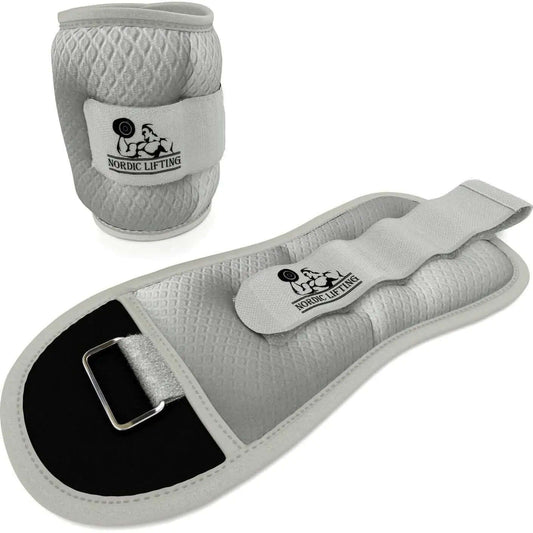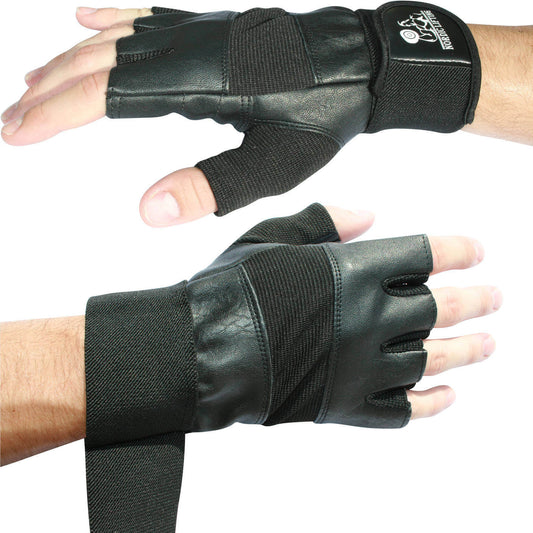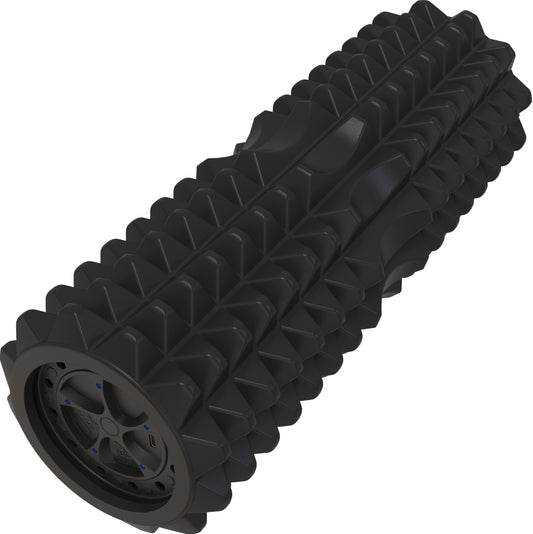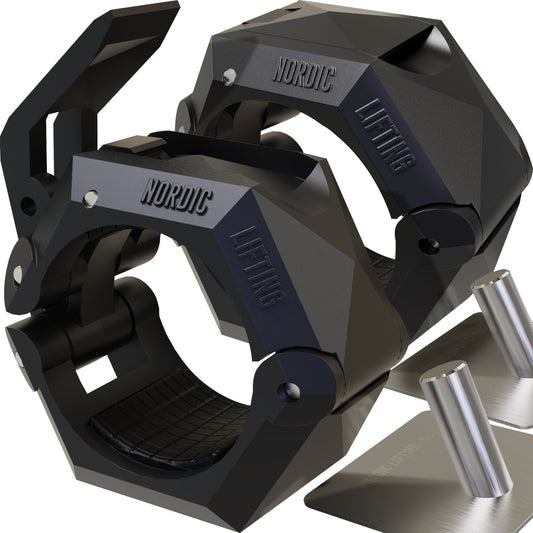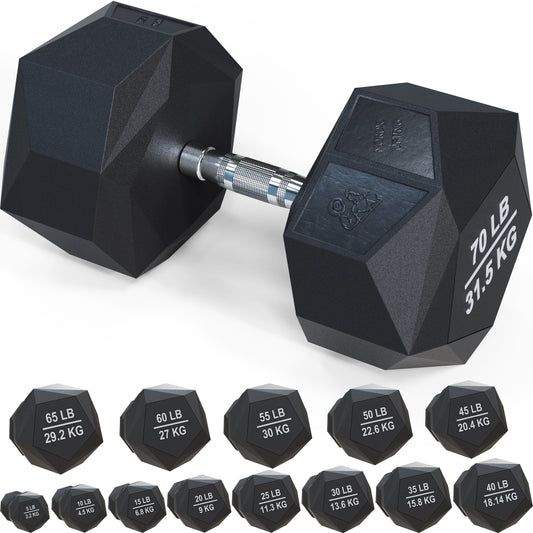
It can be confusing at times to determine whether or not your gains and losses are fat or muscle. However, when it comes to determining your progress, trying to make assumptions is no good and something that you should refrain from doing.
There’s actually a simple formula that you can use to figure this out by yourself instead of just making assumptions based on your numbers on the scale or what you see in the mirror.
If you really want to know if your gains and losses are muscle or fat then do follow the steps provided below:
Step 1:
Measure your weight using a scale
Using a weighing scale will help you know how much you currently weigh in lbs (pounds) and this number will help you later on to determine the rest of the formula.
Step 2:
Compute your body fat
There are actually plenty of ways to measure body fat but one of the less complicated and not too pricey ways to do it is by using a body fat caliper.
This device basically works by placing it at key locations of your body to know or get an estimate of the total amount/percentage of fat that you have.
It usually comes with a set of instructions that you can follow to give you an idea of your body’s lean weight to fat ratio.
Step 3:
Use a calculator
If you don’t have a calculator with you then you can just manually compute the result using a pen and paper.
The formula is as follows:
Current weight (lbs) x Body fat percentage (converted to decimal)
For example:
200 lbs x 17.5% (or 0.175 - decimal value) = 35 lbs of fat
Additional Tips:
a. If your weighing scale only measures weight in kilograms then just multiply your current weight in kg by 2.2 to convert it into lbs (pounds)
For example:
91 kg x 2.2 = 200.2 lbs or 200 lbs (when rounded off)
b. Just divide your body fat percentage by 100 to convert it into decimal.
For example:
17.5 / 100 = 0.175
c. Don’t forget to record or write down your measurements for future reference.
To compute your lean weight, use this formula:
Original weight (lbs) - lbs of fat
For example:
200 lbs - 35 lbs = 165 lbs of lean weight
Do keep in mind that this measurement won’t tell you how much muscle you have. Always remember that lean weight also comprises of other body parts like bones and other organs.
What your current lean weight can do for you is to serve as a baseline measurement that you can use to compare it with your other future measurements.
Step 4
Do steps 1-3 again after about 3-6 weeks and compare your results
Example:
Previous measurements
Weight - 200 lbs
Body fat (%) - 17.5
Body fat (pounds) - 35 lbs
Lean body weight - 165 lbs
New measurements
Weight - 205 lbs
Body fat (%) - 16
Body fat (pounds) - 32.8 lbs
Lean body weight - 166 lbs
If you compare the two measurements, you can tell that you’ve gained 1 lbs of muscle (from 165 lbs to 166 lbs) and lost 2.2 lbs of fat (from 35 lbs to 32.8 lbs)
There you have it. It's not really that complicated, right? Just follow these four easy steps that we’ve provided to help you determine if every program you’re trying out is helping you get closer to your goals or driving you further from it.







